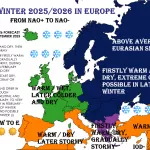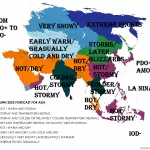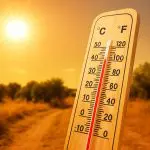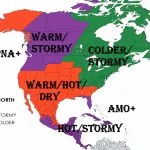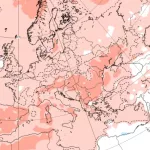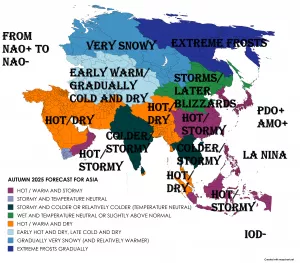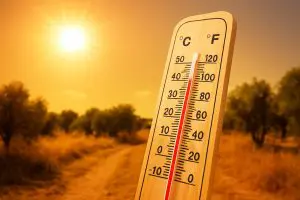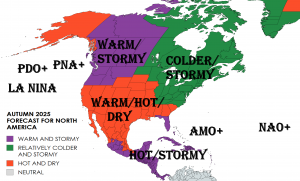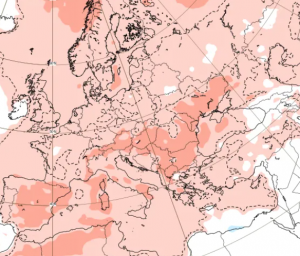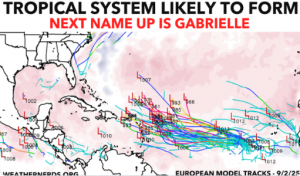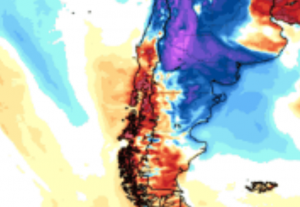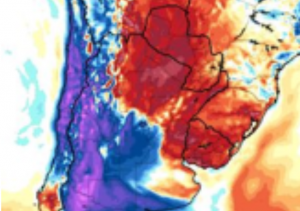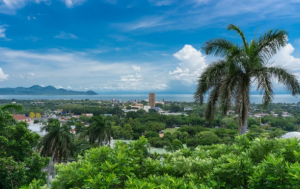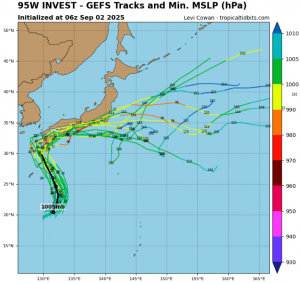
On August 8, 2025, extreme heat persisted across parts of the United States, continuing a summer marked by unprecedented temperature records. In Tampa, Florida, the temperature soared to 98 °F (36.7 °C), tying the city’s highest recorded August temperature. This milestone comes just a few weeks after Tampa experienced its first-ever 100 °F (37.8 °C) day in history, underscoring a worrying trend of increasing summer heat intensity in this traditionally humid subtropical city.
Tampa’s record-tying heat reflects a broader pattern of rising temperatures across the Southeastern U.S., where warmer nights and scorching days are becoming the new normal. The urban heat island effect, combined with climate change-driven atmospheric shifts, is making once-rare extremes more frequent and severe. These conditions increase risks for heat-related illnesses and strain local infrastructure, including energy grids struggling to meet higher cooling demands.
Meanwhile, in the Southwest, Tucson, Arizona’s Airport station (Tucson AP) tied its highest minimum temperature for August at 85 °F (29.4 °C). Such elevated overnight lows indicate reduced nighttime cooling, a critical factor that intensifies the overall health impacts of heatwaves. When temperatures remain high through the night, residents, especially vulnerable groups such as the elderly and children, face prolonged exposure to heat stress without relief.
The persistence of these elevated temperatures, both in daytime highs and nighttime lows, signals a shifting climate baseline for many U.S. regions. Scientists link these trends to broader global warming, which has increased the frequency and severity of heatwaves across North America.
Local officials and health agencies have repeatedly urged residents to take precautions during these heat events, including staying hydrated, limiting outdoor activity during peak heat hours, and checking on vulnerable neighbors. The increasing frequency of such record-breaking heat days calls for enhanced urban planning, improved public cooling centers, and resilient infrastructure designed to withstand hotter climates.
In summary, the 98 °F tie in Tampa and the record high minimum of 85 °F in Tucson on August 8, 2025, exemplify the escalating heat challenges facing the U.S. Both cities continue to push the boundaries of their historical temperature records, reflecting the urgent need for adaptive measures in a warming world.
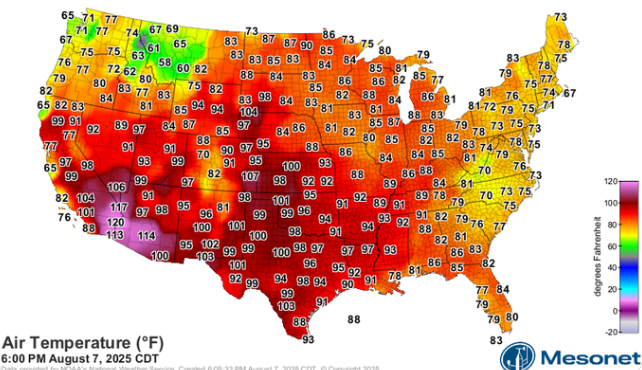
Illustration map: Mesonet / extremetemps X

Illustration picture: https://www.floridasunvacationrentals.com/things-to-do/tampa-bay-attractions/

